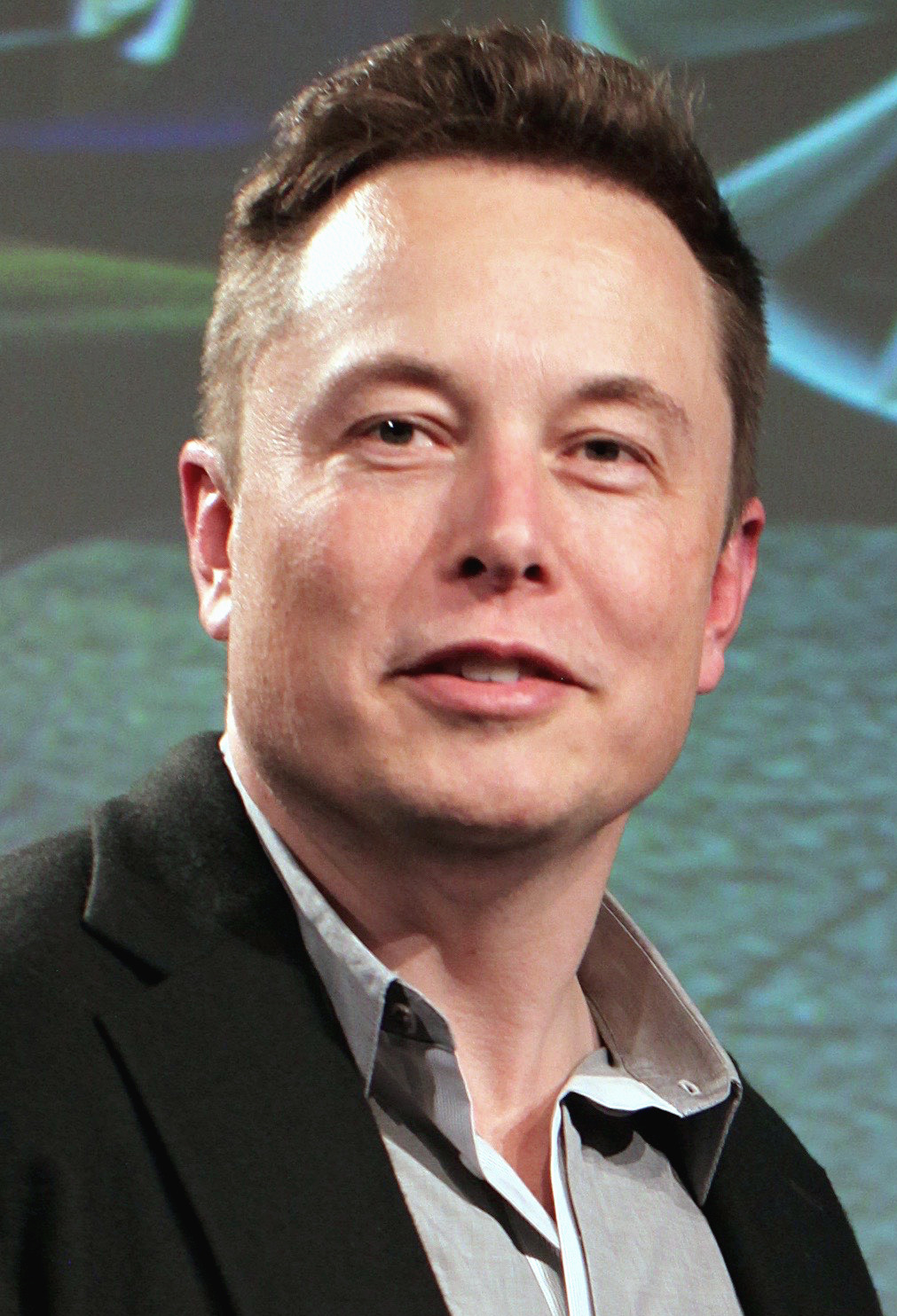Advancements in transportation technology have often dramatically redefined modern life. They change how people and goods move, meaning they have direct economic implications as well. Walking and running gave way to carts, horses, and boats, which gave way to trains and automobiles, and now we use planes for international travel and logistics. Looking to the future, the next iteration may come in the form of something called Hyperloop.
Hyperloop is the Vactrain of the Future
The project is essentially a tube line which has been made into a vacuum with a moving carriage in which people or goods can sit. The carriage (or pod) will sit on air bearings and be moved along by induction motors and air compressors. This concept takes much of its inspiration from Robert Goddard’s vactrain. SpaceX and Tesla have teamed up to release an open source design of what they hope the Hyperloop will look like, and the resemblance to the vactrain is readily apparent.
By evacuating a tube of virtually all its air, it drastically reduces air drag of objects moving within it. In theory, if the tube were completely evacuated, then there would be no air resistance. This means three things, and all are huge for transportation. The first is that its potential speed pales many other forms of transportation today. It will have a top speed of 760 mph. No car, truck, or train can even come close to that speed. Obviously planes do, but even a Boeing 747 only flies at an average of 614 mph.
The second implication is that getting up to those speeds will take a fraction of the energy that other forms of transportation do to achieve much lower speeds. The third also has to do with energy consumption. Maintaining those speeds will be significantly cheaper than other modes of shipping and travel. All of this means that the price will be lower as well. Less fuel consumed and faster travel times usually spell savings for consumers.
When Can We Expect It?
Elon Musk publicly mentioned this first in 2012, so it has been around for a little bit. Even though it is not entirely new, there are some new developments worth mentioning. Since the project is open source, many companies have taken the product designs and worked with them on their own. Musk encourages this, in fact, to help stimulate innovation.
The China Aerospace Science and Industrial Corporation is trying to smash the predictions that Musk and his teams have put out by claiming that its design of a vactrain would be able to reach speeds of 2,300 mph. CASIC aims to make travel and shipping supersonic again, after the sad exit of the Concord from the scene.
India has also thrown its hat in the ring by announcing the country will seek to connect two cities with a hyperloop vactrain system. It may start building the system within the next year or two as well. Far from being some far off sci-fi dream, this may very well soon be our new reality.

